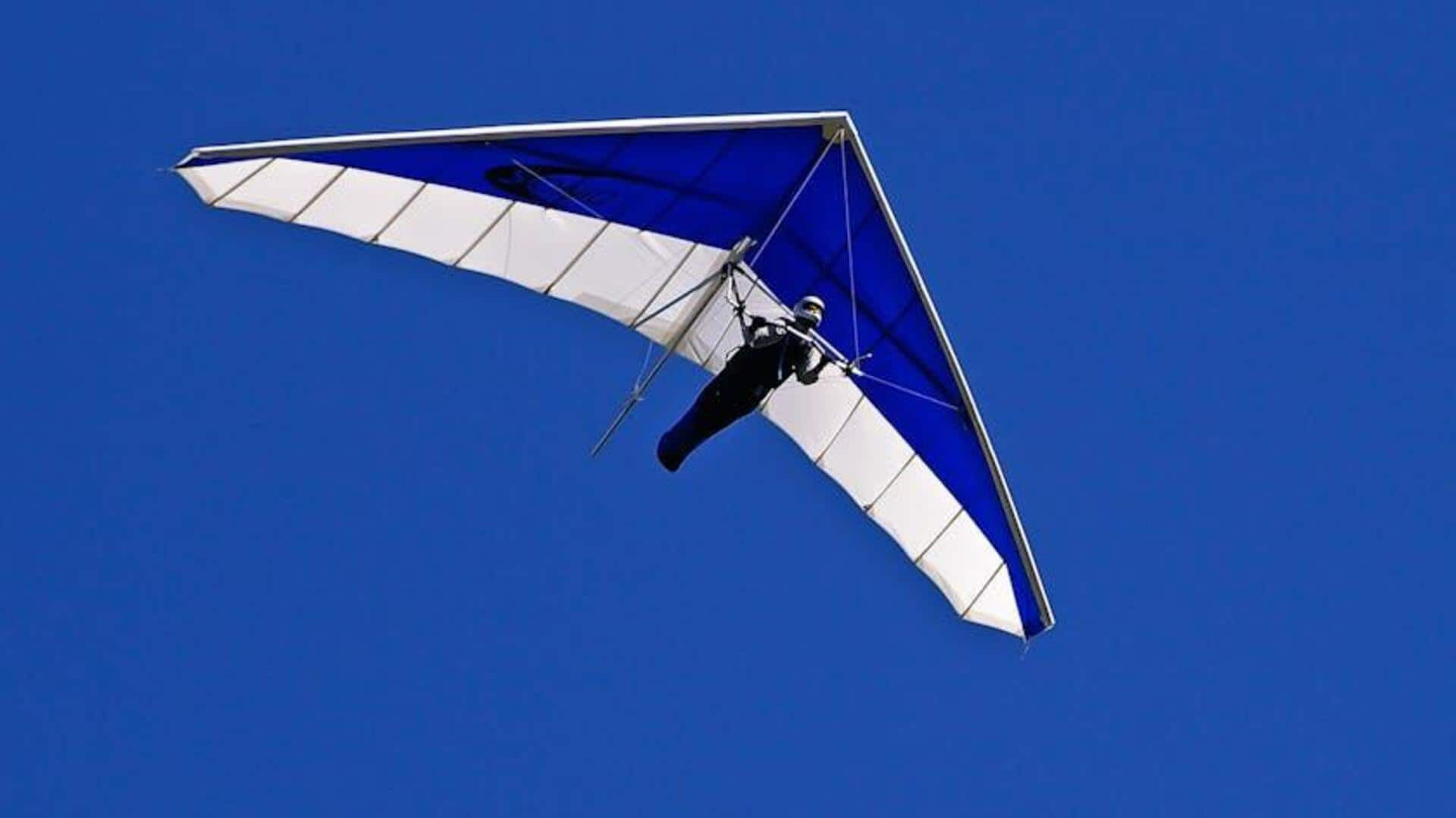
Here's how you can master hang gliding
What's the story
Riding the invisible waves of thermal currents offers an unparalleled adventure travel experience. This sport, called paragliding or hang gliding, relies on nature's thermal currents to provide engine-less lift and sustain flight. Adventurers can experience the sensation of bird-like flight, gliding effortlessly over vast landscapes with breathtaking views and the exhilarating tranquility of near silence. This feature provides pro tips on how to best navigate these "invisible highways in the sky."
Basics
Understanding thermal currents
Thermals are rising columns of warm air caused by the sun heating the Earth's surface unevenly. They are vital for gliders to gain height and prolong their flight. Identifying where thermals occur, for instance, over dark ground or rocks that store heat, can drastically improve your gliding experience. A common technique pilots use is looking for birds soaring in circles, as they instinctively locate and use thermals.
Spot selection
Choosing your location wisely
All places are not created equal when it comes to thermal flying. Some spots are legendary for their powerful, reliable thermals - perfect for setting personal bests or just enjoying a long, scenic flight. Areas with a mix of flatlands and mountains tend to produce more exciting thermals. Doing your research and choosing a location with a reputation for great gliding can make a huge difference in your overall experience.
Timing
The right time matters
The time of day plays a crucial role in thermal activity. Optimal periods for strong thermals typically occur from late morning to early afternoon when the sun has sufficiently warmed the ground, generating these upward currents of air. However, caution is advised to avoid periods of excessive turbulence or hazardous flying conditions, often associated with late afternoon peak heat.
Precautions
Safety first
Safety should be paramount in any adventure travel activity, particularly in inherently risky pursuits like thermal current voyages. Receiving comprehensive training from certified instructors, utilizing well-maintained equipment, and thoroughly assessing weather conditions prior to takeoff are crucial to mitigating risks. Plus, it's always wise to fly with seasoned pilots or guides familiar with local thermal patterns.
Tips
Maximizing your experience
To get the most out of your thermal chasing adventure, concentrate on honing your abilities with each launch. Mastering the art of reading nature's subtle cues pointing to thermals will significantly improve your capacity to remain airborne longer and traverse greater distances. Participating in local flying clubs or groups can also offer beneficial knowledge and chances to learn from seasoned pilots.